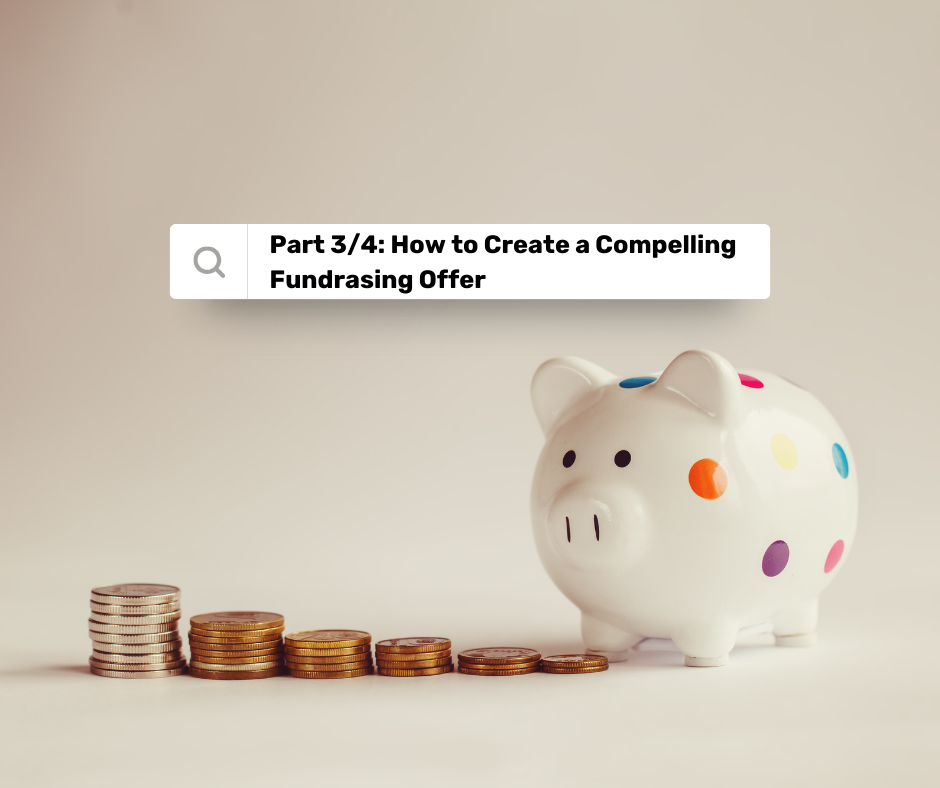Price points.
Price points are the most technical element of your fundraising offer.
A good price point is personalized. Each donor should receive a different ask string based on their giving history.
Most nonprofits don't get this right.
Experiment, please: I need you to go to your mailbox. Inevitably, you'll find a fundraising appeal. Open it. Look at the reply device. Usually, donors see a gift ask array highlighting DIFFERENT solutions at DIFFERENT price points. ❌ This is called choice overload.
If you see 4 price points tied to 4 different solutions, choice overload bias tells us no decision will be made!
Here's what we know from testing at scale: when you pick one solution and ask for multiples of that solution, response rates go up (along with average gift size).
- E.g. Let's say it costs $25 to give a child a backpack
- If your donor's average gift is $100, your gift ask array would look as follows:
- 4 backpacks for $100
- 6 backpacks for $150
- 8 backpacks for $200
- You can experiment with using much higher anchors to lift average gift size. However, for this post, I wanted you to see what best practice looks like!
The Paradox of Choice and Your Fundraising Offer
As the number of choices go up (more mental work), emotion trends more negative. When the number of choices are low (less cognitive effort), the net emotion is positive.
Useful (and interesting) article about choice overload here: https://lnkd.in/gCRhpjgv
If you want to understand both the behavioral science AND best practice for ask strings, you'll want to read and download, "The Science of Ask Strings" created by DonorVoice (thx Kevin Schulman).
Make sure your ask array is not hurting you!! Watch watch watch! ⬇ 💕
Part 3/4: How to Craft A Compelling Fundraising Offer (price points)

Member discussion: